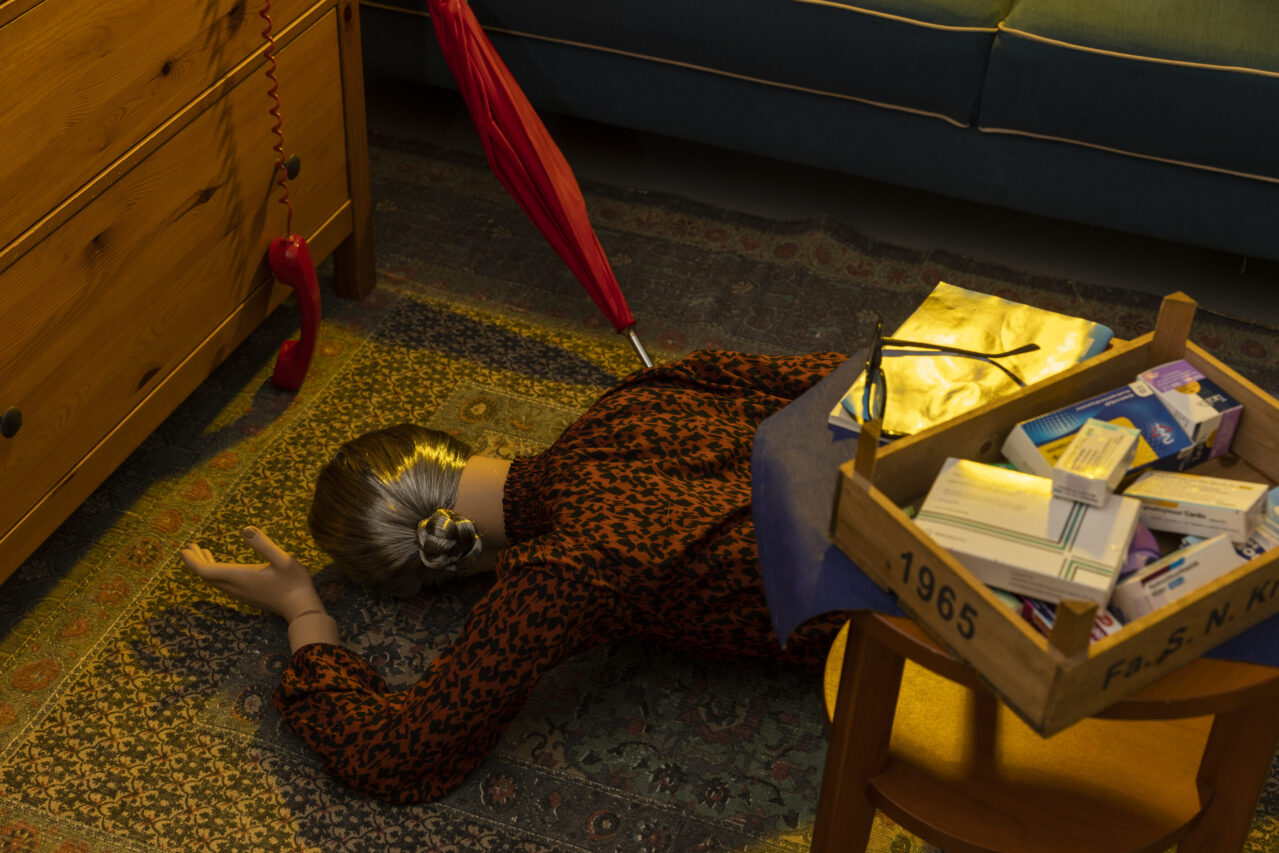Emergency response training courses
FeniksGroup trains you in emergency response. With our unique approach, you will learn in a fun way!

Call 075 641 1628 for free advice
Emergency response training overview
# of course participants: 12 – 16 participants
Duration: 2 days, 1 day first aid and 1 day fire and evacuation
Teaching method: Class room, theory and practice
Certification: NIBHV and own certification
# of course participants: 20 – 24 participants
Duration: 1 day
Teaching method: Carousel, practical exercises
Certification: NIBHV and own certification
# of course participants: 12 – 16 participants
Duration: 1 day
Teaching method: Theory by e-learning, practise at location
Certification: NIBHV and own certification
# of course participants: 6 – 8 participants
Duration: 2 days
Teaching method: 0,5 day of theory, 1,5 day practical scenarios
Certification: NIBHV and own certification
# of course participants: 6 – 8 participants
Duration: 1 day
Teaching method: Multiple practical scenarios
Certification: NIBHV and own certification
# of course participants: 8 -12 participants
Duration: 4 days
Teaching method: Classroom, theory and self study
Certification: NIBHV and own certification
# of course participants: 6 – 8 participants
Duration: 1 day
Teaching method: Multiple practical scenarios
Certification: NIBHV and own certification
On request
On request
What is emergency response?
An emergency response worker is a company emergency worker who intervenes when there is an accident or incident. For example, there is a fire in your organisation or someone has become unwell. The emergency response worker calls in the emergency services, helps evacuate the premises and can help extinguish a starting fire. An emergency response worker can also provide simple assistance to someone who has become unwell or injured. As soon as an organisation receives someone, their safety falls within that organisation. Whether it is your own staff, a visitor or a customer, as the ‘recipient’ you are responsible for the well-being of all those ‘guests’. This is why the law requires the presence of one or more certified in-house emergency response workers on site. Becoming an in-house emergency response worker is no easy task. For that, you need a first-aid course. To keep the knowledge up to date, it is advisable to train or practice in-house emergency response workers regularly. We can provide customised in-house emergency response training at our training location, in your work environment, digitally, using AR or VR, for example.
Our vision on education
Training the reality of incidents, accidents or calamities as realistically as possible in practice. Add to that knowledge maintenance and regular repetition and you have (safety) employees who act correctly and adequately when it really matters. To make learning extra effective, we ensure that the content of our training and education programs is challenging and fun. FeniksGroup stands for experiential learning. We do this according to the formula effective learning = content x (fun + challenge) and using innovative teaching methods.
Discover our unique & innovative teaching methods
Discover our unique & innovative teaching methods. Hybrid education is already the norm within FeniksGroup: some lessons we deliver physically, others online, such as e-learning or themed webinars. In addition, innovative digital technology ensures that more and more of our training and courses almost tangibly mimic reality. With gamification, extended reality and immersive learning (Augmented and Virtual Reality), environments and situations become life-like. The reactions of course participants are praising; practising in a playful and lifelike manner ensures that course participants automate and internalise the material faster.
More information
Frequently asked questions

Would you like more information about our training courses, or do you have another question?
Fill in the form, we will contact you asap!
You hereby grant permission to FeniksGroup to contact you. Your contact details will not be shared with third parties.